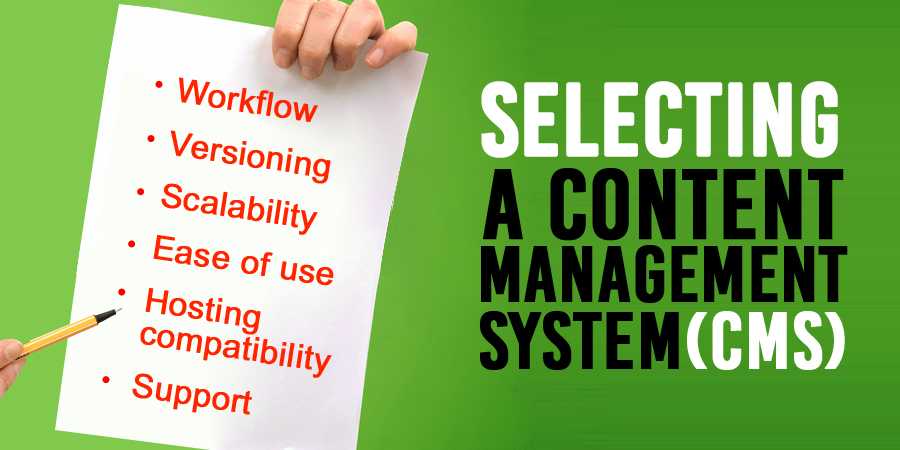What is a Website Landing Page?

A website landing page is the entry page your visitors arrive at after they have clicked on a link when searching for your website, or your services or products. Your website can have multiple landing pages depending on the number of services and products. Each landing page can cater to a distinct audience and can be used to build serious engagement.
- A website landing page is an essential process of the online sales process and is excellent at providing a customized sales pitch for your website visitors.
- A website landing page is a giant step forward in the selling process, so calls-to-action must be powerful and as easy to follow as possible
- A website landing page can be created to reinforce the reason your visitors landed on your website
The best way to do this is to determine where your visitors have come from and who they are and by matching the results with top-notch website copy, your chances of engaging your visitors go up, as should your conversion rate.
When you get visitors through your pay-per-click or email campaign, these people have a higher degree of interest, because they were already looking for your product or service. So it is best to make sure that your landing page is relevant to the initial offer they clicked on, and not redirecting them to your home page. This is often overlooked – a lot of advertisers send people to their home page based on an offer but once the visitor lands on that page, the offer is nowhere to be found so they simply click X and go somewhere else!
You should create targeted landing pages anytime you can control where people will be coming from, and your goal is a specific transaction such as sales, registrations, sign-ups, etc. This is particularly true if you are paying for the traffic, with banner ads, sponsored links, or pay-per-click.
Have you relied on website landing pages to drive traffic to your website? If yes, how was your experience?



